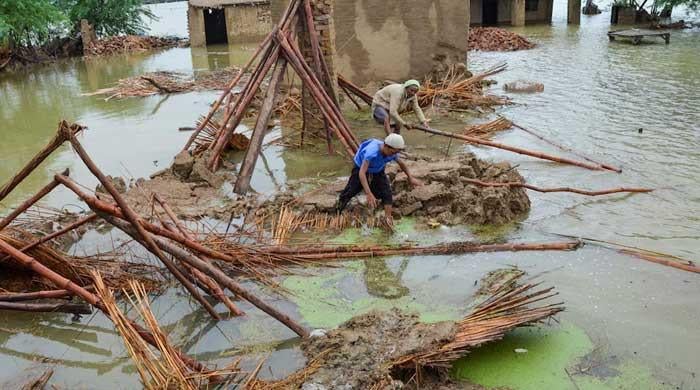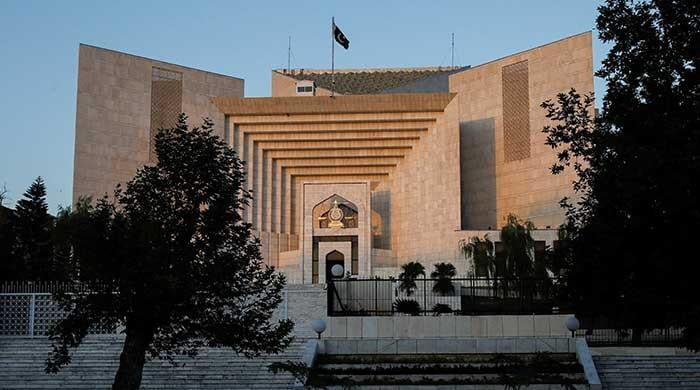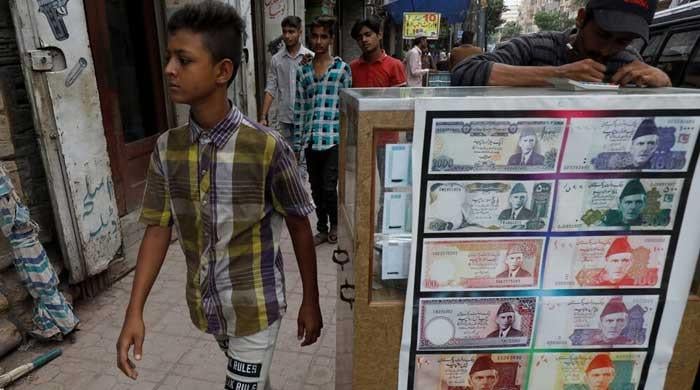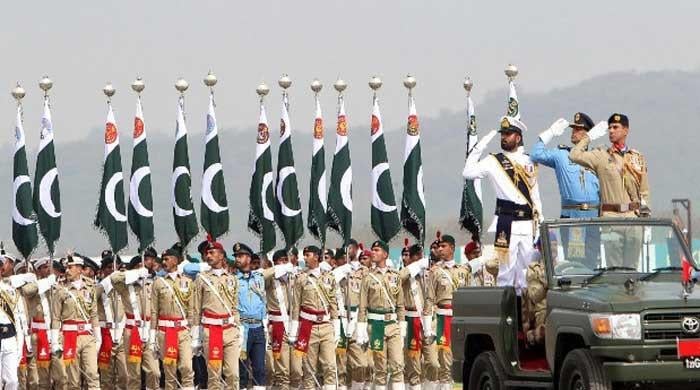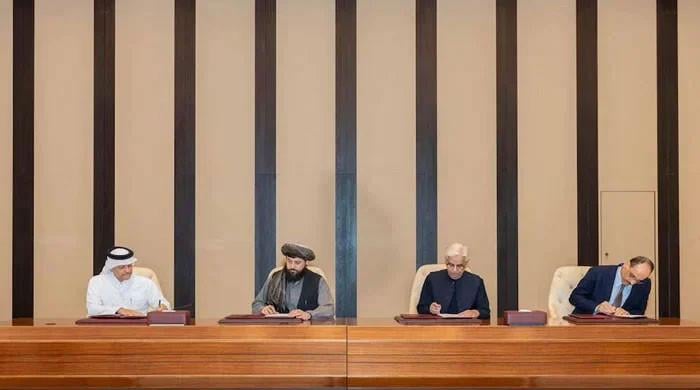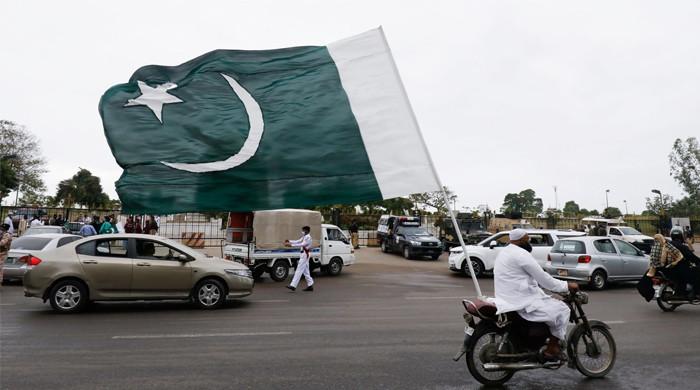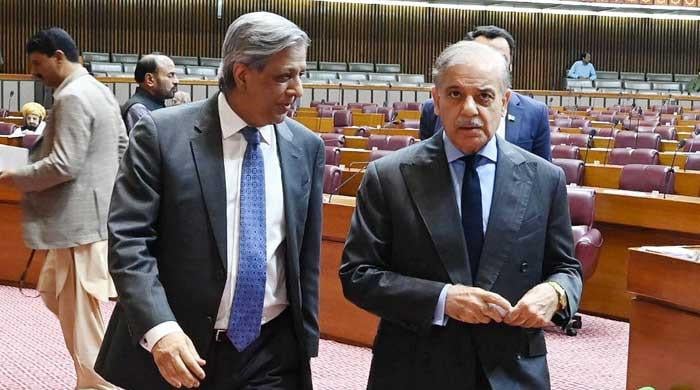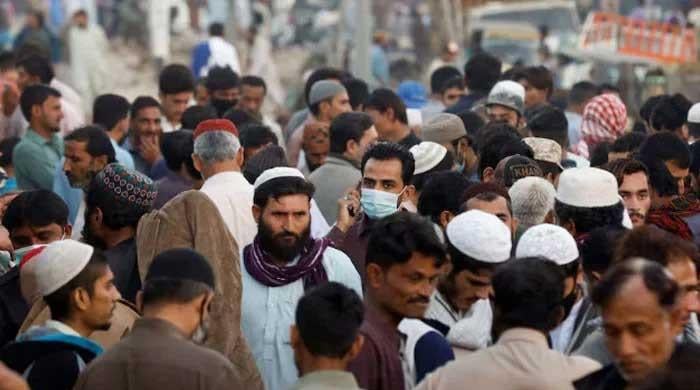A window for dialogue on terrorism?
Translating de-escalation into meaningful cooperation against terrorism to require political will from leadership
May 17, 2025
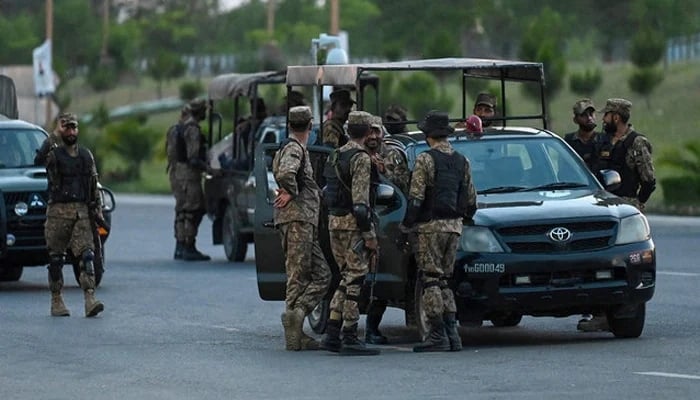
ISLAMABAD: A recent five-day military exchange between nuclear-armed neighbours India and Pakistan has come to a welcome halt. The third contact between the Directors General of Military Operations (DGMOs) of both countries has been described as positive and moving toward further reducing military tensions.
What happens next? This fragile ceasefire, characterised by some Indian media outlets as merely a “pause” in hostilities, raises important questions: Could it present an opening for both countries to address the common threat of terrorism? Is this the right moment to move beyond limited hotline conversations between military officers and return to the broader engagement framework conceived in 2015?
The January 2016 Pathankot Airbase attack occurred shortly after Prime Minister Narendra Modi’s visit to Pakistan. Then prime minister Nawaz Sharif had reached out to Modi and offered Pakistan’s full cooperation in the investigation.
This communication, following a terrorist incident, created an opportunity to address militancy threats facing both countries. Pakistani officials subsequently travelled to India after receiving unprecedented access to the airbase from Indian authorities, even though India later stopped cooperation.
Pakistan has consistently maintained that attacks carried out by the Baloch Liberation Army (BLA) and Tehreek-e-Taliban Pakistan (TTP), including the recent Jaffer Express attack, show evidence of Indian involvement. Pakistan has also presented several dossiers outlining these allegations at various international forums.
Pakistan considers the recent military de-escalation a major diplomatic achievement and may view this as an opportunity to initiate discussions about cross-border terrorism concerns. The question remains whether both countries can collaborate on joint investigations as they have attempted in the past.
However, India’s External Affairs Minister Dr S Jaishankar has recently clarified India’s position: “Our relations and dealings with Pakistan will be strictly bilateral. That is a national consensus for years, and there is absolutely no change in that. The prime minister made it very clear that talks with Pakistan will be only on terror. Pakistan has a list of terrorists that needs to be handed over, and they have to shut down the terrorists’ infrastructure. They know what to do. We are prepared to discuss with them what is to be done about terrorism. Those are the talks which are feasible.”
The ceasefire presents a potential opening for both countries to address their mutual terrorism concerns. India’s position remains focused on Pakistan taking concrete action against alleged terrorist infrastructure, while Pakistan seeks acknowledgement of its allegations regarding Indian support for militant groups operating within Pakistani territory.
To make further progress, both sides would need to maintain the current ceasefire as a foundation for broader dialogue, establish mechanisms for addressing terrorism allegations and consider returning to the framework of engagement developed in 2015. They would also have to build confidence through incremental steps, rather than demanding immediate comprehensive solutions.
The history of India-Pakistan relations shows that moments of reduced tension can provide rare windows for diplomatic progress. However, entrenched positions and deep mistrust continue to complicate efforts at sustained dialogue.
While military de-escalation is a positive first step, translating this into meaningful cooperation against terrorism will require political will from leadership in both New Delhi and Islamabad, along with realistic expectations about what can be achieved in the near term. Whether this ceasefire represents merely another brief pause in hostilities or the beginning of a more constructive engagement will depend on both countries’ willingness to prioritise regional stability over longstanding grievances.
Originally published in The News
